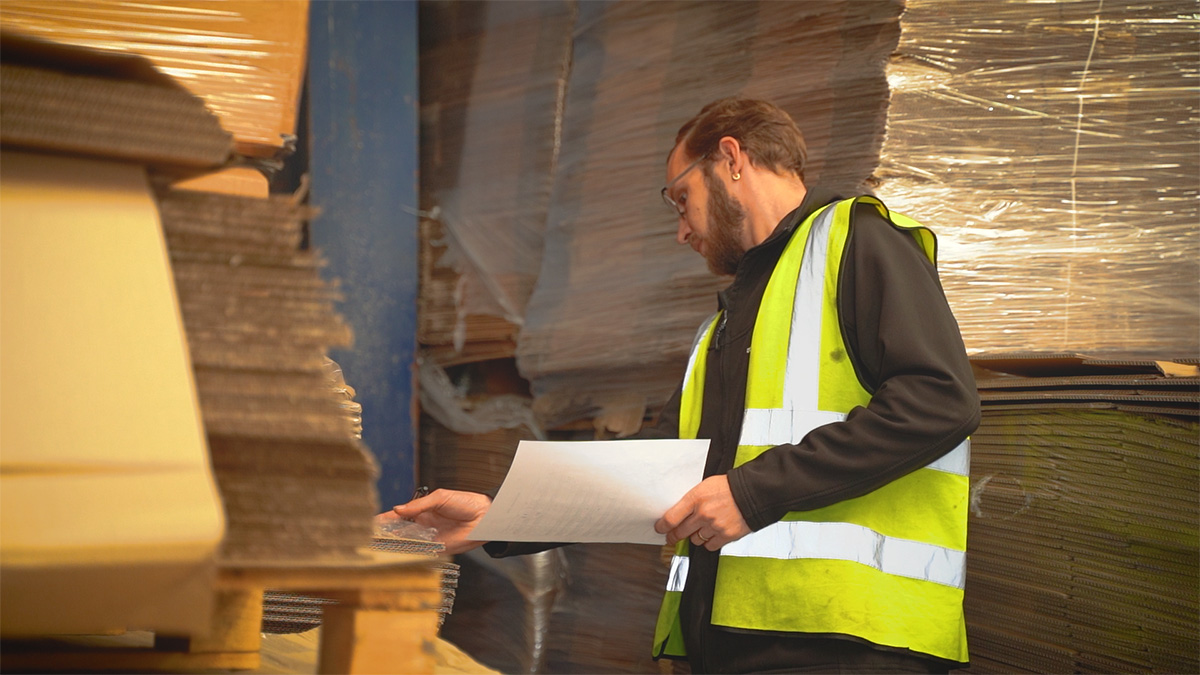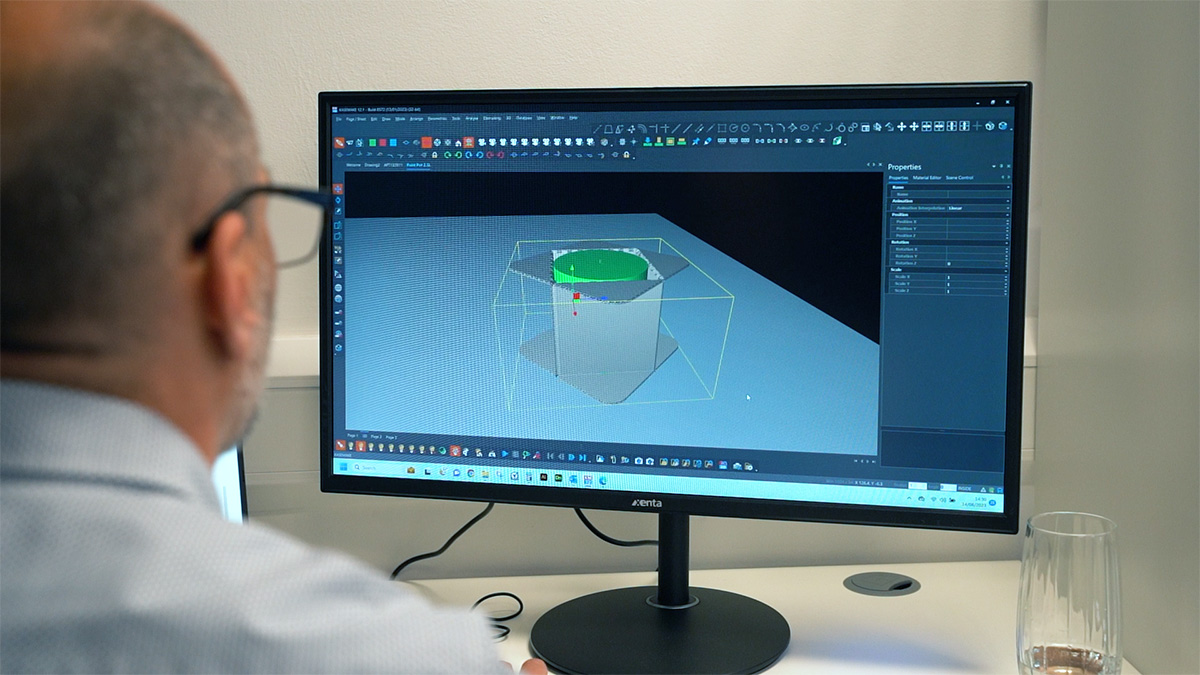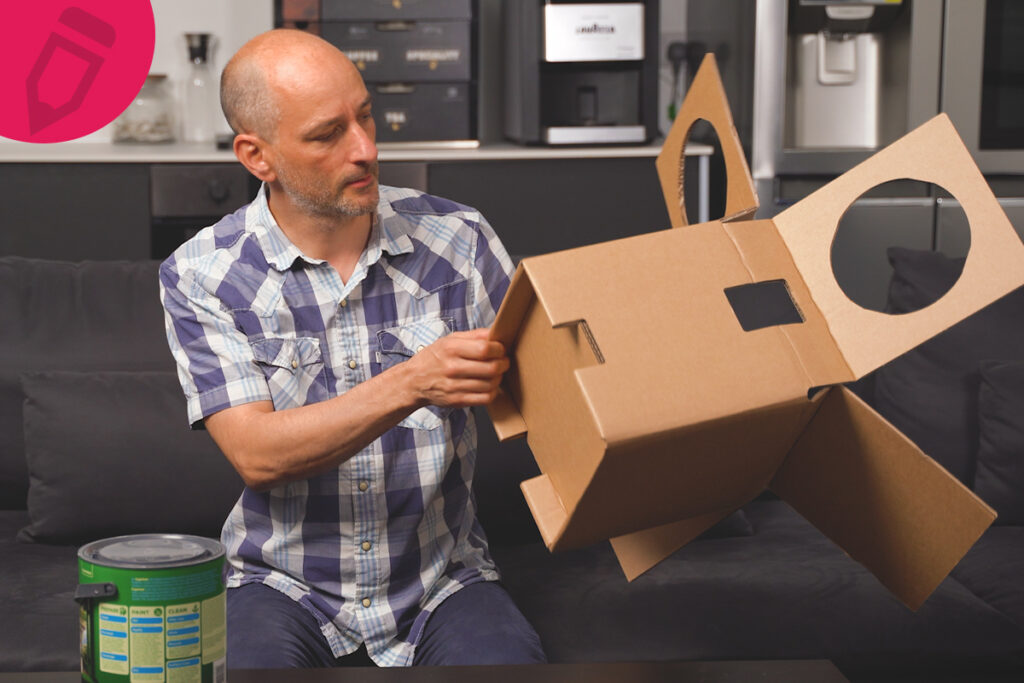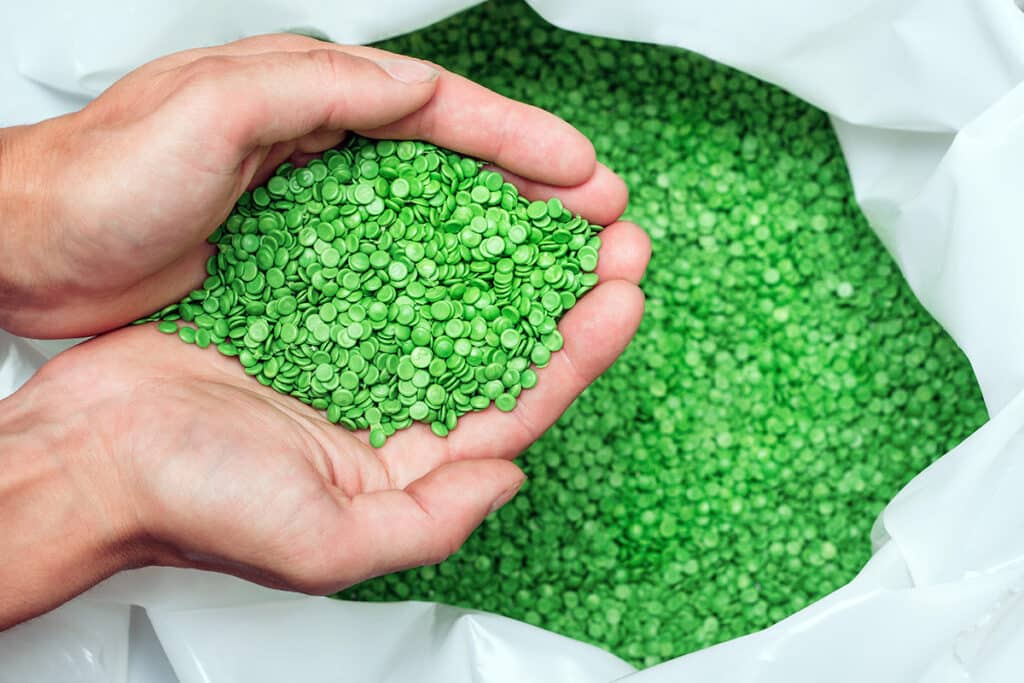ISO 14001 is one of the most well-known standards for helping businesses to create a successful environmental management system (EMS). It was developed by the International Organisation for Standardisation (ISO) Technical Committee and is reviewed every five years or so to ensure it stays up-to-date and relevant. ISO 14001 offers a framework that helps businesses to identify, measure, monitor, and improve the eco impact of their day-to-day activities.
How does ISO 14001 apply to packaging?
To gain an ISO certification, you’re essentially looking at every area of your operation and asking yourself “What could go wrong and how do we stop that happening?” When it comes to ISO 14001 and your packaging, the answer depends on factors such as packaging materials, chemicals, transportation, and all the other activities related to your packaging that could have a negative effect on the environment. Once you have identified problem areas, you can build management systems to deal with them. It could be something as simple as starting a contract with a recycling company. Systems don’t have to be big; they just need to work.
ISO 14001 and packaging management in action could look something like this:
1. Assess your packaging practices
Review your packaging processes and identify areas for improvement. Create a plan for your packaging goals, strategies to achieve them, and key performance indicators to make sure you’re on the right track. An Insight packaging review could be very useful to you at this stage.

2. Use sustainable design
Whether using an in-house design team or working with an external specialist, look at optimising the size and shape of your packaging. Reduce unnecessary bulk to minimise materials and waste, as well as costs relating to storage and delivery. Swap unsustainable materials such as non-recyclable virgin plastics for alternatives that are recyclable, have recycled content, or are biodegradable.
3. Collaborate with suppliers
Work with suppliers that also have an environmental management system such as ISO 14001 and are exploring more sustainable materials, packaging solutions, and working practices. Partnering with greener suppliers shrinks the carbon footprint of your packaging and can lead to the development of more sustainable packaging processes and solutions.
4. Educate employees
Raise awareness of the importance of sustainable packaging and your employees’ role within it. You could use tools that fit with your company culture such as training, presentations, emails, platforms like WhatsApp, meetings, work shadowing, or cross-departmental collaboration. And don’t forget to celebrate achievements as this really helps to strengthen an eco-mindset in the workplace.
5. Monitor and improve
Measure, monitor, and track performance, adjusting strategies as necessary to keep moving in the right direction.
What are the benefits of ISO 14001?
All the work you put into certification brings a range of advantages to your organisation and the environment, including:
- Increased control & financial security. Accreditation involves detailed risk management and futureproofing, increasing the control you have over every aspect of your business. Armed with all of this information, you’re perfectly placed to recognise opportunities for cost savings, avoid or mitigate any pitfalls, and have better overall financial security.
- Efficient use of resources & waste reduction. By following set procedures, you make optimal use of your resources, leading to savings in raw materials, energy, spend, and time. On the packaging side of things, this means you have solutions that use fewer materials, generate less waste, promote recycling, are quicker to pack, and take up less storage and pallet space. Better for the environment, and better for your bottom line.
- Legal compliance. ISO 14001 ensures you have systems in place to comply with all of the laws and regulations that apply to your organisation. This helps you (and relevant members of your team) to understand how obligations impact your company and customers and reduces the risk of fines or legal action.
- Improved customer satisfaction & corporate image. Certification shows your clients, new prospects, employees, and supply chain that you have a commitment to responsible business practices. This enhances company reputation and gives a competitive edge, attracting eco-conscious customers and businesses, and building brand loyalty.
What sort of businesses have to be ISO 14001 certified?
Certification is not mandatory. It is a voluntary standard that can benefit organisations of all sizes from all industries. Some businesses choose to follow the standard but don’t try to obtain certification. It’s entirely up to you.
How does ISO 14001 relate to ISO 9001?
They are both internationally recognised management systems, but each has a different focus. ISO 9001 Quality Management System (QMS) sets the standard for quality control and customer satisfaction, while ISO 14001 promotes sustainability. Or, to put it another way, ISO 9001 is about monitoring and improving your operation for your customer while ISO 14001 is about monitoring and improving your operation for the environment. By design they complement each other very well, with several overlaps in the clauses in each standard. For example, a manufacturer may produce high quality goods while following ISO 9001 but, as a result, generate waste. ISO 14001 will help to reduce the environmental impact of that waste – or even reduce the amount of waste produced.
How long does ISO 14001 certification last?
Three years. Once accredited, organisations have to be assessed once a year and recertified every three years.
Top tips for achieving ISO 14001 certification
- Before you do anything, decide on your reason. What do you want to accomplish with ISO 14001? You may want to improve your carbon footprint, business operations, or corporate image. Having a clear vision will help you to collaborate with the relevant people in your organisation and achieve your aim.
- Collect data. Especially if there’s a particular factor you want to address. For recycling, you could get waste transfer notes from the waste company you’re dealing with. If you have company vehicles, you’ll want to track fuel usage. The more data you have, the more you can control what you’re doing as a business.
- Get the Managing Director and heads of departments involved. You need to work with anyone who has an overview of the day-to-day processes and systems, as these are what are being audited. ISO standards place significant emphasis on top-down commitment to the management process.
- Create an environmental policy statement. It doesn’t have to be long. Just a summary of one or two pages on what you’re setting out to do and how you’re going to do it.
- Reach out to compliance bodies that help businesses to gain ISO 14001. They can tell you if it would be of benefit to your business.
- Don’t neglect management review meetings. An independent ISO 14001 auditor will want to see minutes and evidence that management review meetings take place. These show that effort is being made throughout the company to address problems, not just by the person responsible for the paperwork.
- Don’t panic. You’re working in partnership with a compliance body. They help you to get certification; you’re not left floundering. If you see an opportunity to improve, they’ll support and guide you.
- Measure what you’re doing. ISO 14001 is a project for continuous improvement. There will always be negatives, but don’t let that get you down. Every time you do the audit, you’ll find things that are better than they were before. You’ll be able to step back, look at the big picture, and see how far your business has come.
A commitment to sustainability

While packaging is essential to protect and transport goods, it does have consequences for the environment. ISO 14001 gives organisations a sustainability roadmap to ensure the design, manufacture, storage, transportation, and disposal of their packaging has the least impact on the earth.
At Actionpoint, we can support your efforts towards ISO 14001 certification with regard to your packaging. At our Packaging Creation Lounge you can tackle performance problems like excessive damage rates or experiment with sustainable materials and design. Meanwhile, it’s easy to identify and address packaging process inefficiencies and improve your net income with our in-depth Insight review.
Contact us to find out how Actionpoint can support your sustainable packaging goals and help your business to thrive.




